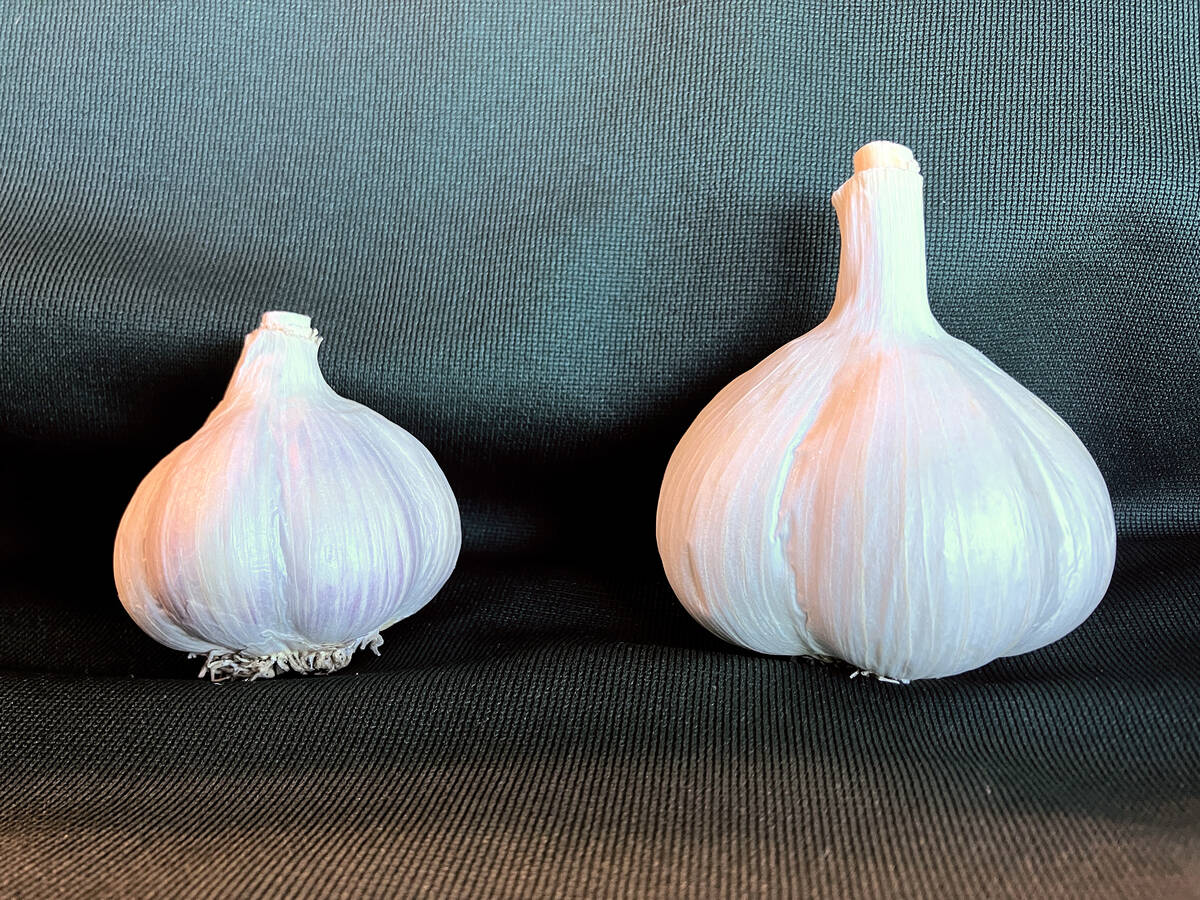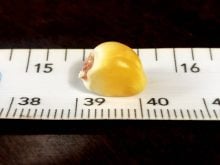Glacier FarmMedia – New research at the University of Saskatchewan aims to help breeders bolster corn’s resistance to environmental stressors.
Corn, along with other warm-season crops, has been creeping its way into new regions of Canada previously thought unsuitable for the crop. That, according to researchers at the university, is the silver lining of climate change.
Why it matters: Development of more frost-resistant corn could provide resilience and stability for growers.
Read Also

Clean seed garlic promises bigger bulbs and higher returns for growers
Ontario garlic trials show clean seed outshines conventional yields, with stronger drought resilience, reduced virus risk and greater economic outcomes.
At the same time, climate change also means more volatile weather, and having longer-growing species in regions previously reserved for cooler-season crops still brings risk of frost and cool nights for vulnerable plants.
“With global climate change, we are realizing that you can push the corn belt northward, so we’re wondering how we can enable the production of that crop by expanding the season,” said Karen Tanino, professor of abiotic stress physiology in the College of Agriculture and Bioresources.
Tanino and her team are studying how the first frost impacts corn varieties. They hope to find new ways to maximize crop yields. The team is focusing on the cuticular layer of the plant, a defensive
barrier that acts like the plant’s skin.
“When you look at how plants were able to evolve from sea to land, a lot of those tools and strategies involve the avoidance of stress, and one of those avoidance strategies was the cuticular layer,” Tanino said.
Researchers are specifically looking at the hydrophobicity or waterproof nature of that cuticular layer.
The level is determined by its waxiness.
Corn is particularly sensitive to frost, Tanino noted.
“It’s actually worse than drought. With frost, there’s no recovery.”
But frost requires sub-zero temperatures, something to trigger the frost (often bacteria or dust), and water.
“If any one of those three is absent, then frost does not occur,” Tanino said, so if the waxy outer layer of the plant can keep moisture out, it could stop frost from forming.
With the help of composition analysis technology at the university’s Canadian Light Source facility, Tanino and her colleagues looked at whether cool temperatures leading up to the first frost influence composition and quantity of the cuticle layer, which would then make it more susceptible to freezing.
“What we found was that those preceding low temperatures, in fact, do have a significant effect on reducing the hydrophobicity (so) that the plants freeze at a warmer temperature, which is not good,” she said.
Their findings were recently published in the peer-reviewed journal, Physiologia Plantarum.

Variety implications
The good news is there is some genetic variability in corn that could be useful to breeders.
“The longer the carbon chain, the more hydrophobic the wax on the cuticular layer,” Tanino said. “We’re trying to see if we can shift the hydrophobicity of the particular wax to avoid frost going in.”
Hydrophobicity can also help a plant retain moisture during drought conditions.
“What we’re trying to do is look at multiple stresses, not just one stress, because when a plant is out in the field, it’s going to be combating not just frost, but also heat and drought,” Tanino said.
“By creating those tools and identifying those structures, hopefully we will be able to pass them on to breeders so they can select better-adapted genotypes more quickly and efficiently and ultimately release them to the farmer or grower.”
Her team hopes to find plants that are “all-rounders, that can get through multiple stresses and survive, and more stably produce yield year after year.”
– This article was originally published at the Manitoba Co-operator.















